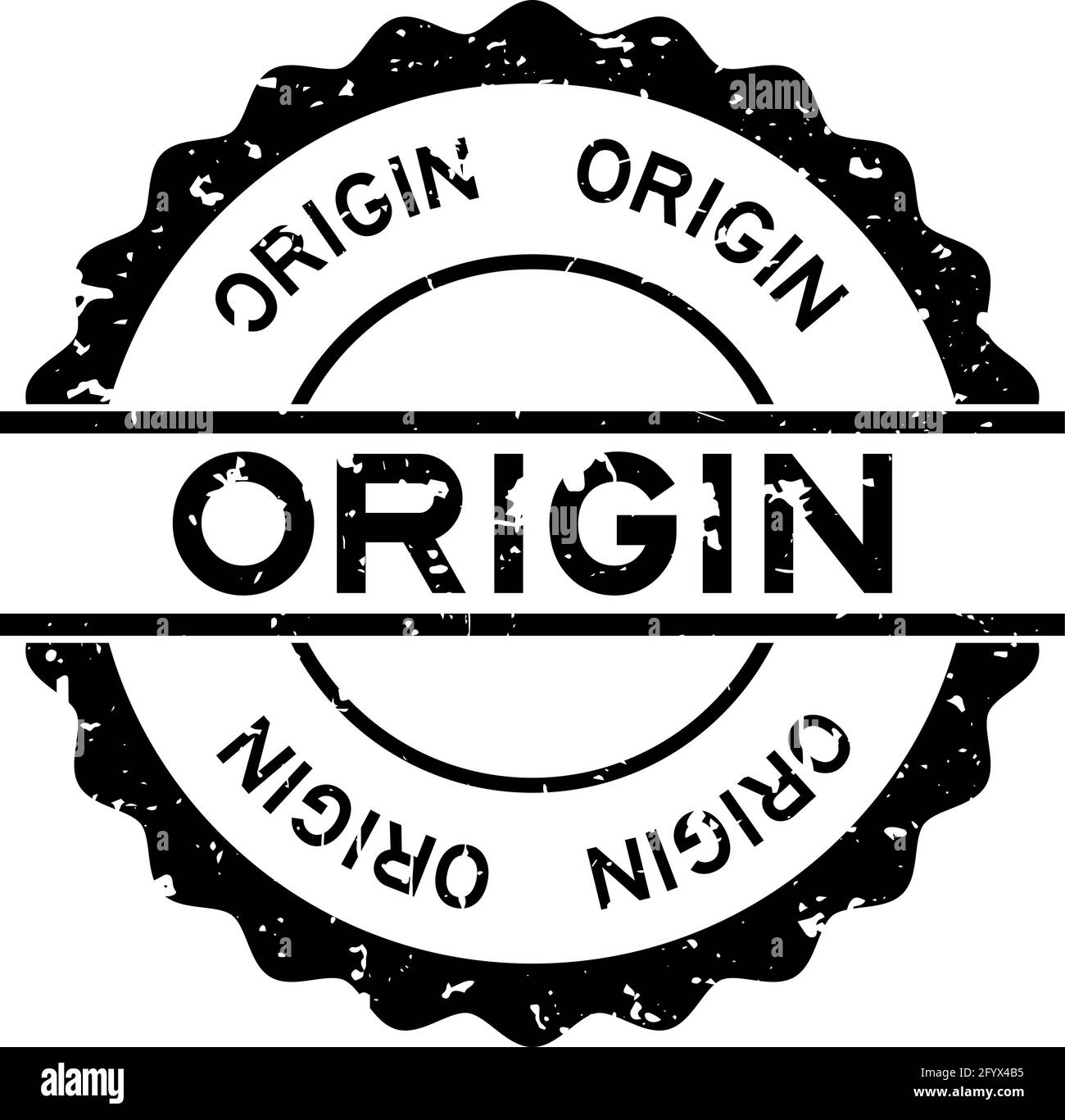
White is a color that is often associated with purity, innocence, and light. But where did the word ‘white’ come from? In this article, we will take a closer look at the origin of the word white and its evolution over time.
Old English Origins

The word ‘white’ has its origins in Old English. In this early form of English, the word was spelled ‘hwit’ and was pronounced as ‘wit’. The word was used to describe the color of snow, milk, and other light-colored objects.
Germanic Roots

The Old English word ‘hwit’ has its roots in the Germanic language family. The Germanic languages include German, Dutch, and Scandinavian languages. In these languages, the word for white is similar to the Old English word ‘hwit’.
Latin Influence

During the Middle Ages, Latin was the language of scholarship and the Catholic Church. Latin words began to influence the English language, including the word for white. The Latin word ‘albus’ was used to describe the color white and influenced the development of the word in English.
Modern English
The word ‘white’ has remained relatively unchanged since its Old English origins. The spelling and pronunciation have evolved slightly, but the meaning has remained the same. Today, the word ‘white’ is used to describe a range of light-colored objects, including walls, clothing, and animals.
Cultural Connotations

White has many cultural connotations that go beyond its literal meaning as a color. In Western cultures, white is often associated with purity, innocence, and weddings. In Eastern cultures, white is often associated with mourning and funerals. These cultural connotations have influenced the way that the color white is used and perceived in different parts of the world.
White in Art

White has been used in art for centuries. In painting, white is used to create highlights and to lighten other colors. In sculpture, white is often used as a material to create marble statues. White is a versatile color that can be used in many different ways to create different effects.
White in Fashion
White is a popular color in fashion, especially during the summer months. White clothing is often associated with freshness and cleanliness. It is also a versatile color that can be dressed up or dressed down depending on the occasion.
White in Advertising

White is often used in advertising to create a sense of purity and cleanliness. It is also used to draw attention to certain products, such as toothpaste and laundry detergent. White is a powerful color that can be used to create a range of different emotions and associations.
White in Nature

White is a common color in nature. It is the color of snow, clouds, and many flowers. White animals, such as polar bears and arctic foxes, are adapted to their snowy environments and use their coloration as camouflage.
White in Science

White is an important color in science. It is used to describe a range of phenomena, including light, noise, and radiation. White light is made up of all the colors of the rainbow, while white noise is a type of sound that contains all frequencies equally.
White in Language

White is a common color word in many languages. In Spanish, the word for white is ‘blanco’. In French, it is ‘blanc’. In Chinese, it is ‘bái’. Despite the differences in spelling and pronunciation, the meaning of the word remains the same.
White in Symbolism

White has many symbolic meanings. It is often associated with purity, innocence, and light. In heraldry, white is used to represent peace and honesty. In some cultures, white is associated with death and mourning. The meaning of the color white can vary depending on the context and culture.
White in Religion

White has religious connotations in many cultures. In Christianity, white is often associated with purity and is worn by priests and other religious figures. In Hinduism, white is associated with purity and is worn by those who have achieved spiritual enlightenment. In Islam, white is often worn during pilgrimage to Mecca.
White in Food

White is a common color in food. It is the color of milk, cheese, and bread. It is also the color of many fruits and vegetables, such as bananas and cauliflower. White food can be healthy or unhealthy, depending on the ingredients and preparation methods.
White in Sports

White is a common color in sports uniforms. It is often used as a primary color for teams that want to create a classic or traditional look. White is also used in sports equipment, such as tennis balls and golf balls.
White in Politics

White has political connotations in some cultures. In the United States, white is often associated with the Republican Party, while blue is associated with the Democratic Party. In some countries, white is associated with nationalism and is used in the flags of some political parties.
White in Technology

White is a common color in technology. It is often used as a background color for websites and apps. It is also used in the design of electronic devices, such as phones and laptops. White is a neutral color that can be used to create a clean and modern look.
Conclusion
White is a color that has evolved over time and has many different meanings and associations. From its Old English origins to its use in modern technology, white has played an important role in many different areas of human culture. Whether it represents purity, mourning, or simply a blank canvas, white is a color that will continue to influence our world in many different ways.